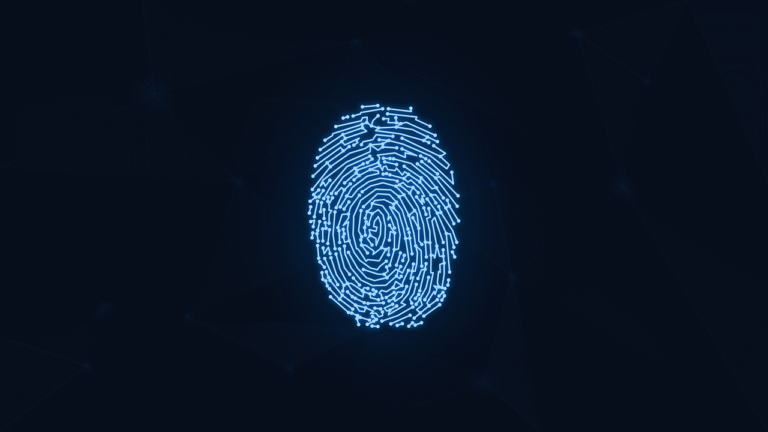Increasing municipal infrastructure hacking risk
A small-town water system, a county hospital, and a local school district may not appear to be front-line targets in global conflict, yet they are increasingly vulnerable to cyber attacks. These organisations face daily threats, ranging from ransomware to foreign adversaries probing for weaknesses. The implications of these attacks can extend to national security, disrupting essential services such as healthcare and transportation. This warning is highlighted in a recent report from the Multi-State Information Sharing and Analysis Center (MS-ISAC), which examines the current threat landscape, recent successes, and the critical needs identified by State, Local, Tribal, and Territorial (SLTT) organisations. The report underscores that SLTT entities are responsible for a significant portion of the nation’s critical infrastructure, including water systems, hospitals, schools, transportation, and emergency services. Disruptions to these organisations can have far-reaching national consequences, as federal and private sector operations rely heavily on the continuity of these services.
The report reveals that SLTT organisations are constantly facing both cyber and physical threats. Ransomware remains one of the most damaging risks, with numerous schools, hospitals, and local governments experiencing disruptions in recent years. Additionally, supply chain compromises and poorly configured cloud services are emerging as significant concerns. The report identifies foreign adversaries, particularly China, Russia, Iran, and North Korea, as major sources of risk. In some instances, attackers have maintained undetected access to U.S. critical infrastructure for months. Furthermore, hacktivists and terrorist groups are increasingly targeting SLTT systems, raising the potential for physical consequences stemming from online actions. The rise of emerging technologies adds another layer of complexity, as Generative AI facilitates more convincing phishing attempts, deepfake audio, and other social engineering tactics. Adversaries are also rapidly navigating cloud, endpoint, and identity systems, rendering traditional defence mechanisms less effective.








